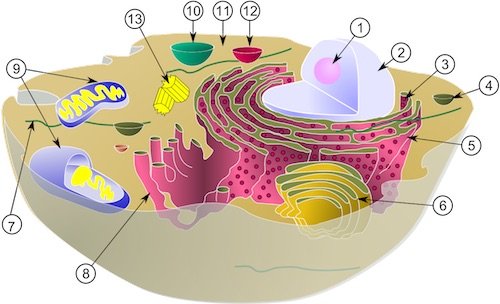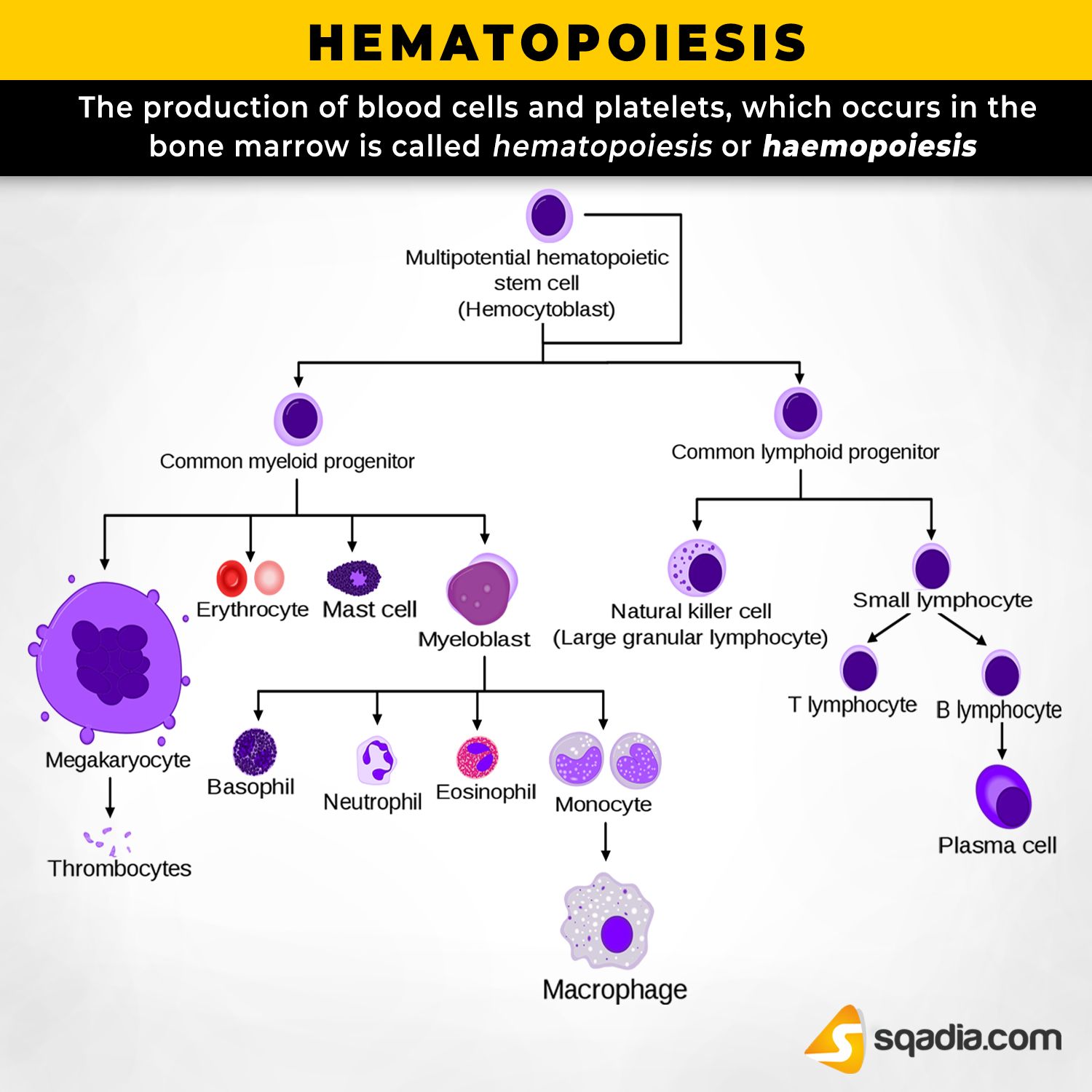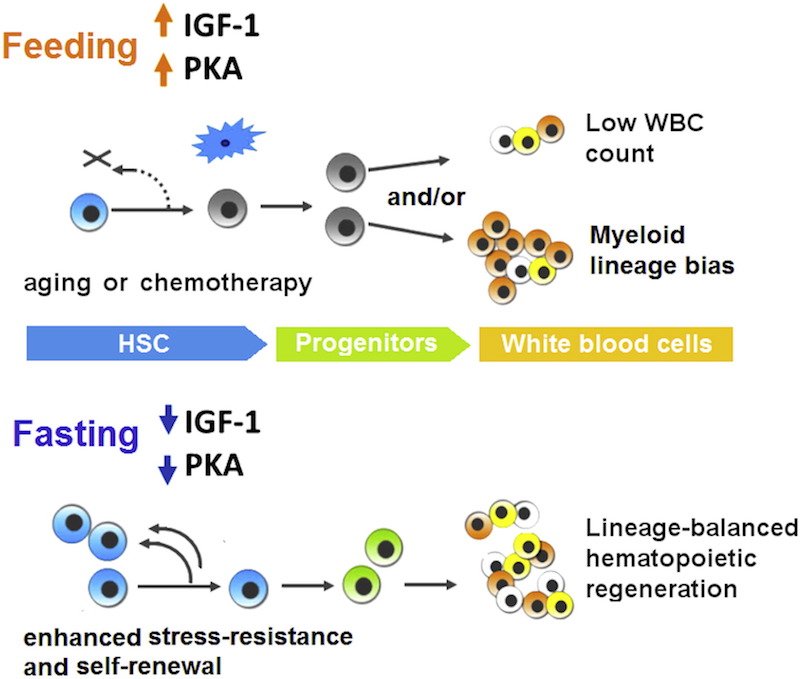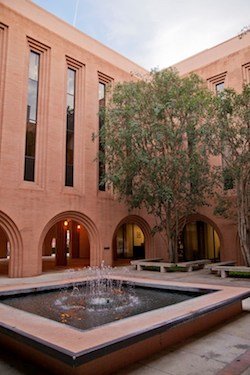SESSION 1
The cell
The cell (from Latin cella, meaning "small room") is the basic structural, functional, and biological unit of all known organisms. A cell is the smallest unit of life. Cells are often called the "building blocks of life". The study of cells is called cell biology, cellular biology, or cytology.
Read more...
VOCABULARY
STARTER: Which cell components can you name (and pronounce correctly!)?

Diagram of a typical animal (eukaryotic) cell, showing subcellular components.
Credit: MesserWoland and Szczepan.
Organelles:
- Check pronunciation here.
- Check pronunciation here.
- Check pronunciation here.
- Check pronunciation here.
- Check pronunciation here.
- Check pronunciation here.
- Check pronunciation here.
- Check pronunciation here.
- Check pronunciation here.
- Check pronunciation here.
- Check pronunciation here.
- Check pronunciation here.
- Check pronunciation here.
DEFINITIONS
ABOUT HEMATOPOIESIS: Match the following terms with the corresponding definitions.

Credit: Pinterest.
Definitions adapted from Wikipedia.org.
| Element | Description |
|---|---|
| 1. HSC (Hematopoietic stem cell) | A. A biological cell that, like a stem cell, has a tendency to differentiate into a specific type of cell, but is already more specific than a stem cell and is pushed to differentiate into its "target" cell. The most important difference between stem cells and these cells is that stem cells can replicate indefinitely, whereas these cells can divide only a limited number of times. Controversy about the exact definition remains and the concept is still evolving. |
| 2. IGF-1 (Insulin-like growth factor 1) | B. A family of enzymes whose activity is dependent on cellular levels of cyclic AMP (cAMP). It has several functions in the cell, including regulation of glycogen, sugar, and lipid metabolism. |
| 3. PKA (Protein kinase A) | C. A hormone similar in molecular structure to insulin. It plays an important role in childhood growth and continues to have anabolic effects in adults. A synthetic analog of this, mecasermin, is used for the treatment of growth failure. It consists of 70 amino acids in a single chain with three intramolecular disulfide bridges. and has a molecular weight of 7,649 daltons. |
| 4. Progenitors | D. An imbalance in the ratio of lymphoid to myeloid cells in blood. |
| 5. WBC (White Blood Cells) | E. The blood cells that give rise to all the other blood cells and are derived from mesoderm. They give rise to the myeloid (monocytes and macrophages, neutrophils, basophils, eosinophils, erythrocytes, megakaryocytes/platelets, dendritic cells), and lymphoid lineages (T- cells, B-cells, NK-cells). The definition of those cells has changed in the last two decades. These tissues contain cells with long-term and short-term regeneration capacities and committed multipotent, oligopotent, and unipotent progenitors. They constitute 1:10.000 of cells in myeloid tissue. |
| 6. Lineage bias | F. The cells of the immune system that are involved in defending the body against both infectious disease and foreign invaders. Five different and diverse types of leukocytes exist, and several types (including monocytes and neutrophils) are phagocytic. All leukocytes are produced and derived from a multipotent cell in the bone marrow known as a hematopoietic stem cell. They live for about three to four days in the average human body. Leukocytes are found throughout the body, including the blood and lymphatic system. |
IMPORTANT!!
Due to COVID-19, assessment has changed. Check new regulations
STRUCTURE
Introduction to the course
- To be done in class.
Vocabulary
- Cell structure
- Matching definitions
Reading
- Fasting triggers stem cell regeneration of damaged, old immune system.
Comprehension
- Vocabulary
- True/False
COURSEBOOK
If you wish to download a digital of your coursebook you can do it here or from Madoc.






